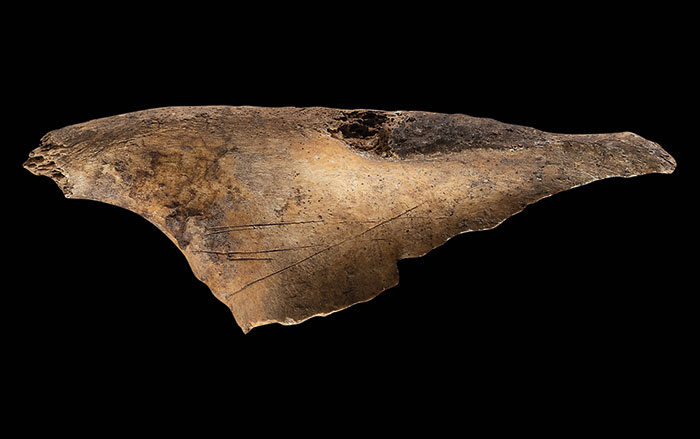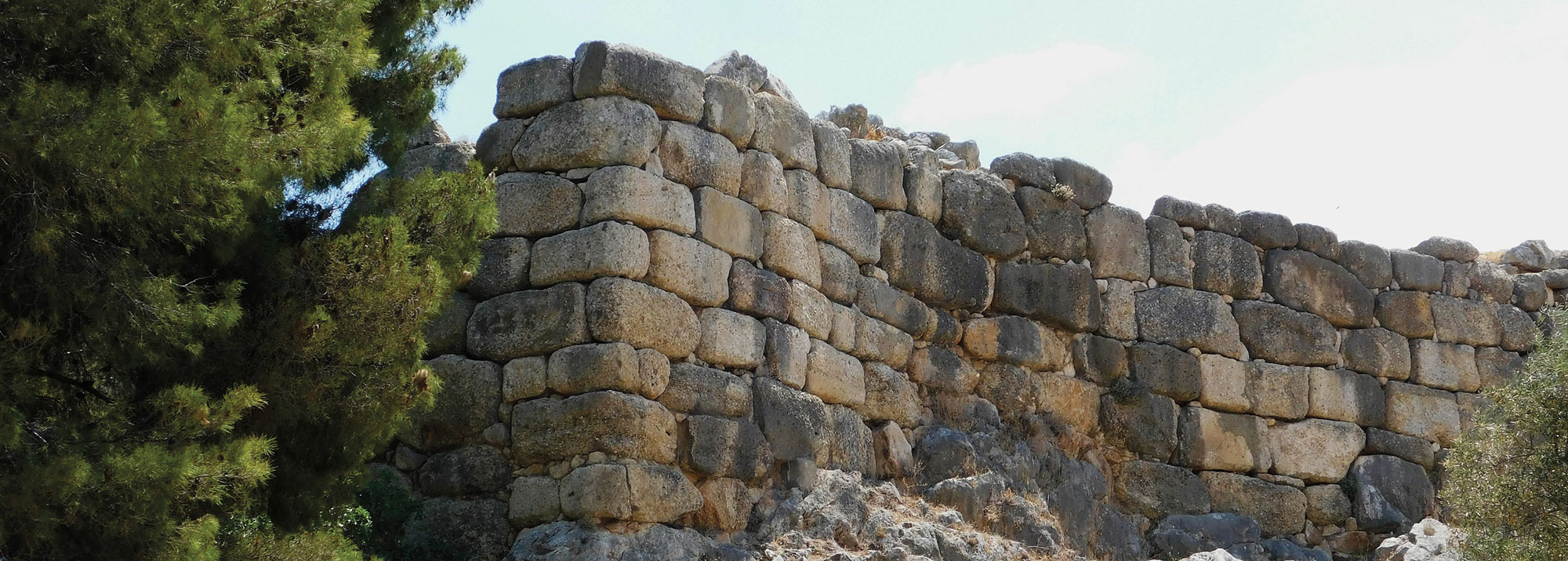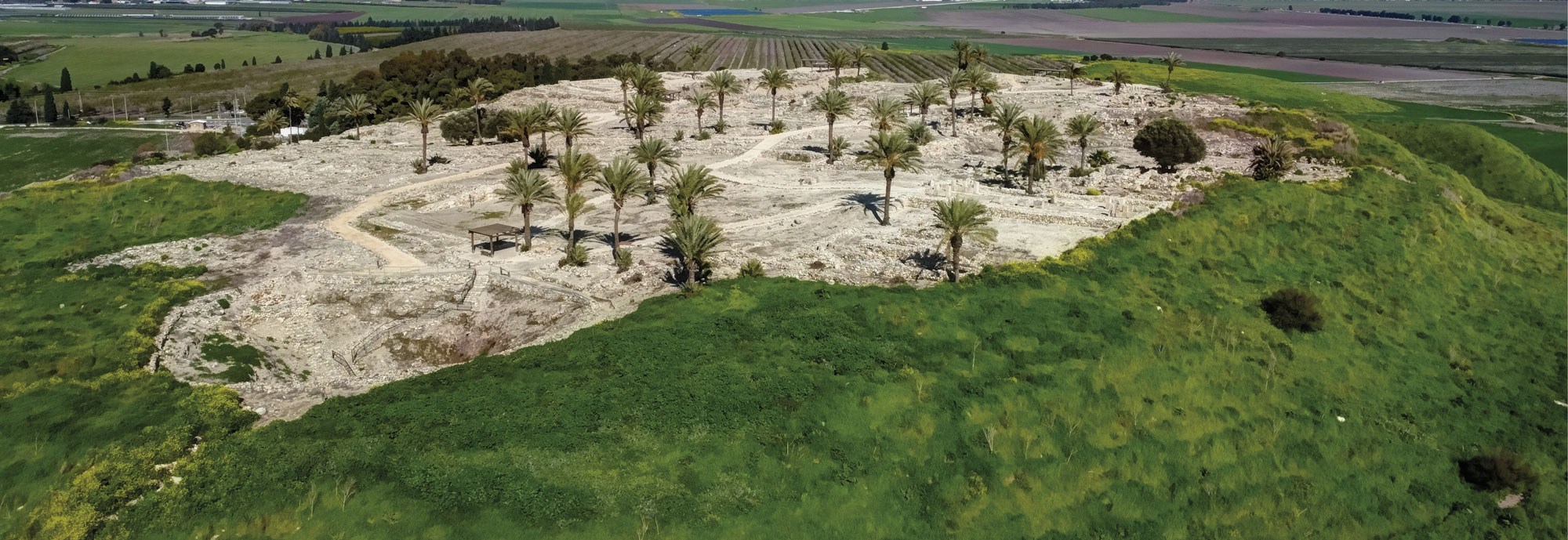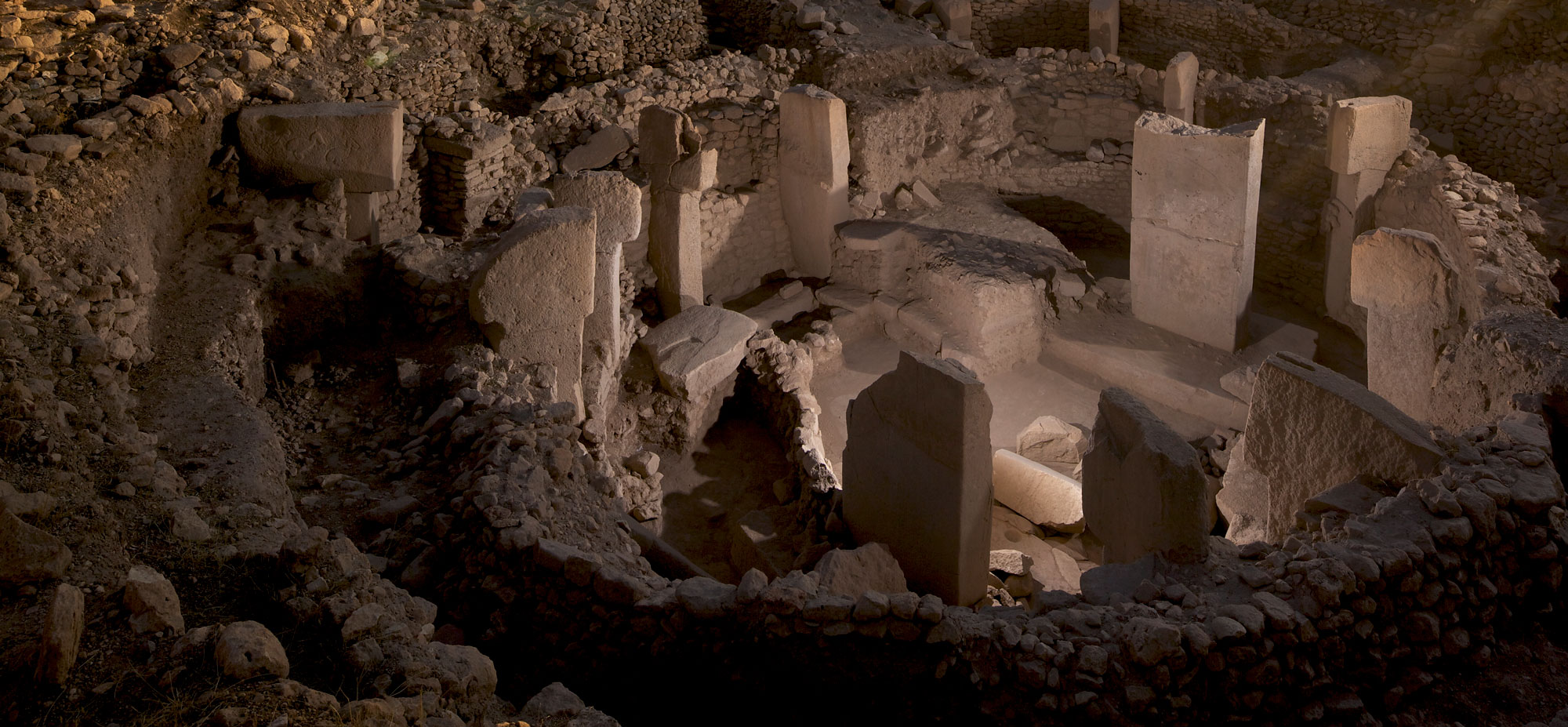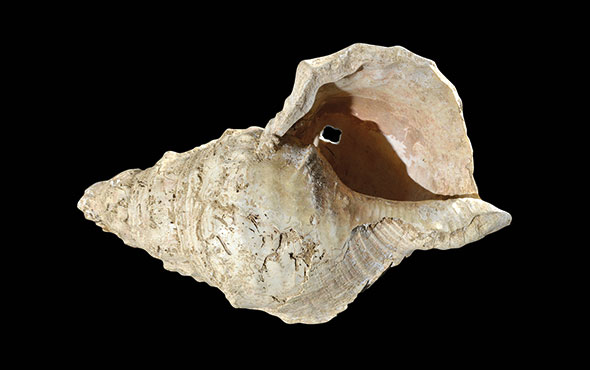
ITHACA, NEW YORK—According to a Live Science report, Sturt Manning of Cornell University and his colleagues have dated the Vasca Votiva, a pit lined with wood unearthed in Italy’s Po Valley in 2004, to between 1436 and 1428 B.C. through a study of the timbers’ growth rings and levels of carbon-14. The pit was about 40 feet long, 23 feet wide, more than ten feet deep, and lined with poles, planks, and beams of oak, elm, and walnut. Layers of sediment in the pit revealed that the structure held water. No channels to distribute the water were found, however. “As you would have come up to this thing, as soon as you’d been able to start to see the surface, you would have seen effectively the edge of the land around the sky,” Manning said. Looking at the reflected sky, he explained, might have been understood as entering another world. Pottery and figurines found in the Vasca Votiva also suggest it was used in rituals. Traces of a larger tank were also uncovered at the site, but it is thought to have collapsed as it was being built, some ten years before the Vasca Votiva. Read the original scholarly article about this research in PLOS ONE. To read about the Roman emperor Hadrian's breakfast niche that was recently uncovered at his sprawling second-century A.D. villa, go to "Around the World: Italy."


